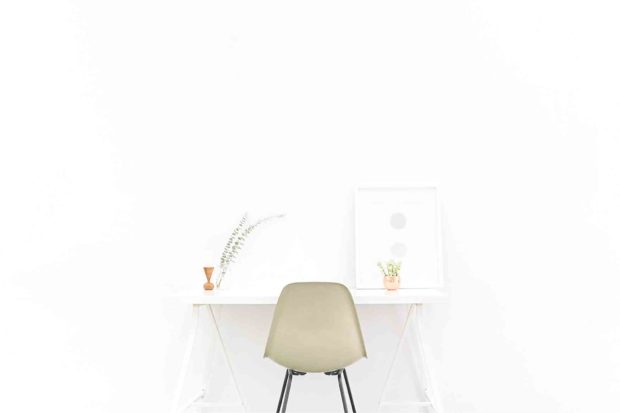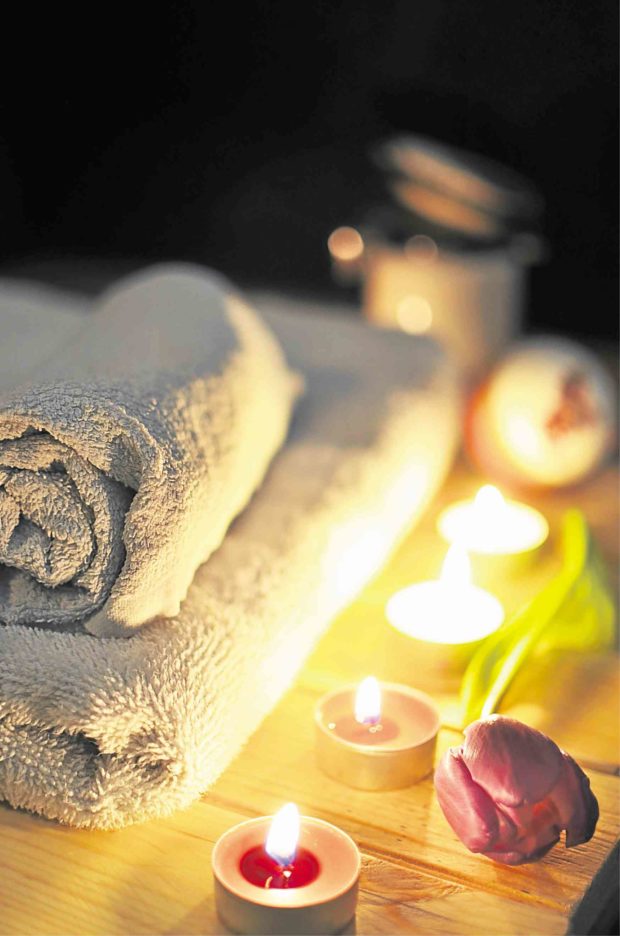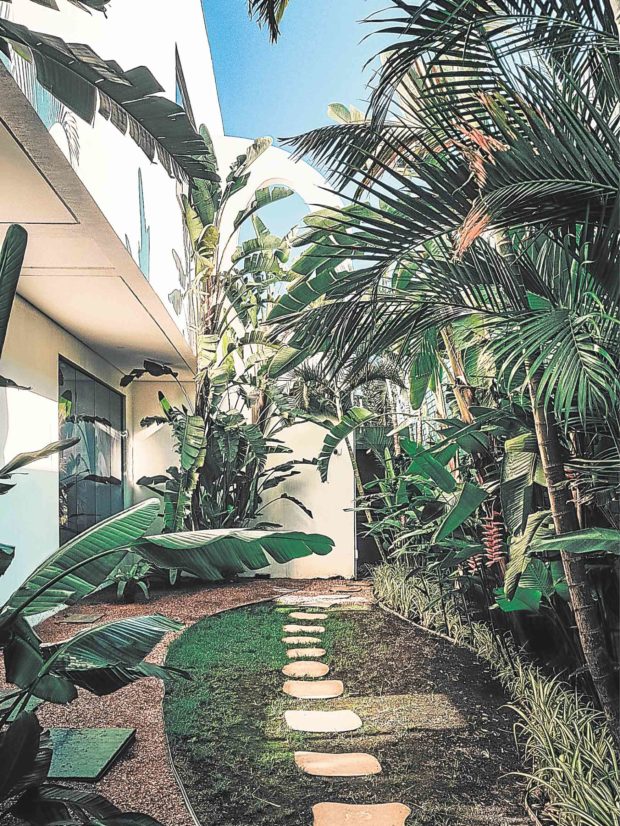Creating a sanctuary at home
Who wouldn’t want to go on a retreat nowadays? With most of us battling stress at work, and having to juggle it with responsibilities at home, a break from all the chaos seems heaven sent.
Due to limited time and resources however, only a fortunate few are able to take a vacation. Those of us who are left behind can only visit our dream destinations in our sleep.
Thankfully, there are ways we can turn our homes into a vacation spot. While we might not be able to bring the sands of Boracay or the snow of Alaska to our doorsteps, we can still make our own mini-oases at home. From changing our furniture to altering our attitudes, these methods can match any budget and lifestyle.
So while we are still saving up for the next airfare sale, check out these tips on how to create sanctuaries right within your own homes.
Identify your sanctuary space
Try to identify first if you have an existing sanctuary space at home. Nope, it’s not just the place where you sleep or where you can escape the kids.
Mitzi Beach, American author and interior designer, says that you should ask yourself four questions: Does the space refuel you? Does it heal you? Do you have an “aha!” moment here? And more importantly, is this a place where you stop thinking about your troubles and start doing what you love?
The ideal sanctuary space at home varies from person to person. This should be a space where you can drop your guard for a bit and let go of your stresses.
Harness the power of light
If you find yourself unable to identify a sanctuary space at home, don’t fret. It’s actually possible to make one. According to Beach, there are three things you have to consider in creating a space for your wellness.
The first one is light, which essentially can come for free. Lighting can either alleviate or cause your stress. If done poorly, it can cause eyestrain, accidents and insomnia. A well-executed lighting design, however, can do the total opposite. Light is powerful as it can literally brighten your day, improve your mood and increase productivity.
There are two kinds of light: natural and artificial. The key to good lighting is finding a balance between these two sources. The first one can enter your home naturally if you allow it. If your home looks dark and dreary right now, switch to lighter-colored drapes. Even if you have large windows, the color and reflectivity of your walls affect also how light emanates through a room.
If you want a cheery, sunny atmosphere, paint your walls light colors—if possible white. You can make your walls reflect light by increasing their gloss level. While most of us do not appreciate going home to a house of mirrors, painting walls in eggshell or semi-gloss hues can immediately increase the natural light in a room.
Artificial lights also contribute to well-being if they correspond to the functions that take place in a room. Task lights help us study and work, while mood lights create a soft balance of different sources to evoke emotions. The former will help us become more productive, but the latter is key to our comfort.
In your personal sanctuary, you should have a balance of natural and artificial lights. For example, an outdoor garden serves as a relaxing reading area in the morning. At night, it can be a meditation area with bollards glowing in warm white hues.
To maximize the lights you have at home, it is best to consult a lighting designer. While you can easily buy a bulb in the store, it takes some design knowledge to know which one contributes to your health.
Be wise with furniture
Another thing you have to consider in your sanctuary is its contents. Following the concept of Zen, the Japanese school of thought promoting meditation, it would be wise to go minimal with furniture. Too much furniture can cause tripping hazards. It also creates visual clutter which subconsciously prevents you from falling at ease with a room. Mellowed.com, a website promoting stress management and mental health, suggests hard seating in your relaxation area. This prevents you from sleeping, which is not really the point of meditation. The goal is to reach a state between wakefulness and drowsiness, called “hypnagogia” that relaxes your senses and calms your mind.
In addition, your ideal sanctuary should be absent of technology. While the occasional radio can provide soothing sounds, anything else that emits blue lights can cause stress.
For once, let go of your phone and allow yourself a few minutes off your screen.
Accessorize
Lastly, you should provide items in your sanctuary that will allow you to do the things that you love. If you’re an avid reader, a bookshelf can be a great accessory to your mini-oasis. If you’re into music, you should allow space for musical instruments or a music source. If you’re a health nut, an open area where you can do yoga or cardio can help make you happy.
Best to stick to items that are only essential to allow you to engage in your hobbies.
Indeed, everybody needs that occasional vacation. As not everyone has the luxury of time or wealth, your home should be designed to provide a more comforting environment.
While it may be difficult to turn your whole house into a relaxation spa, a corner or a space is enough to provide sanctuary.
With the proper use of light, furniture, and accessories, you have the capacity to make any space in your home your personal escape. An interior designer, a lighting consultant, a landscape architect or any other specialized design professional can help you turn your home into a sanctuary that is customized to your needs.
At the end of the day, you are the best person to design the space that makes you happy. Go ahead and start dreaming of your ideal relaxation space at home. If you find success in building it, you might not even want to leave for a vacation.
Sources:
mellowed.com,
realsimple.com
thespruce.com
mitzibeach.com
Breakingpic, freestocks.org, Jonas Farlin, via pexels.com
Pixabay.com




